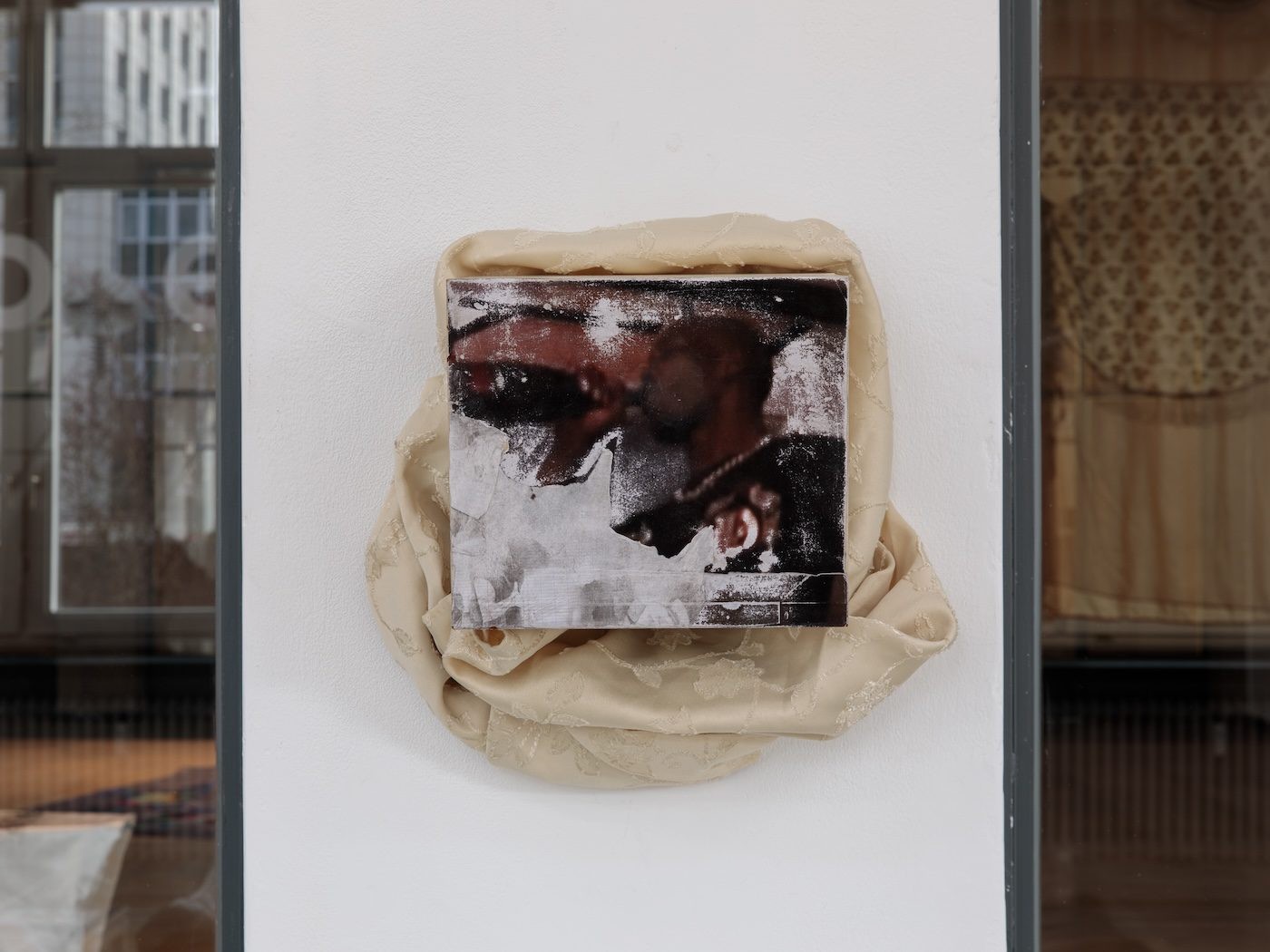An Attempt to Recontextualize the World
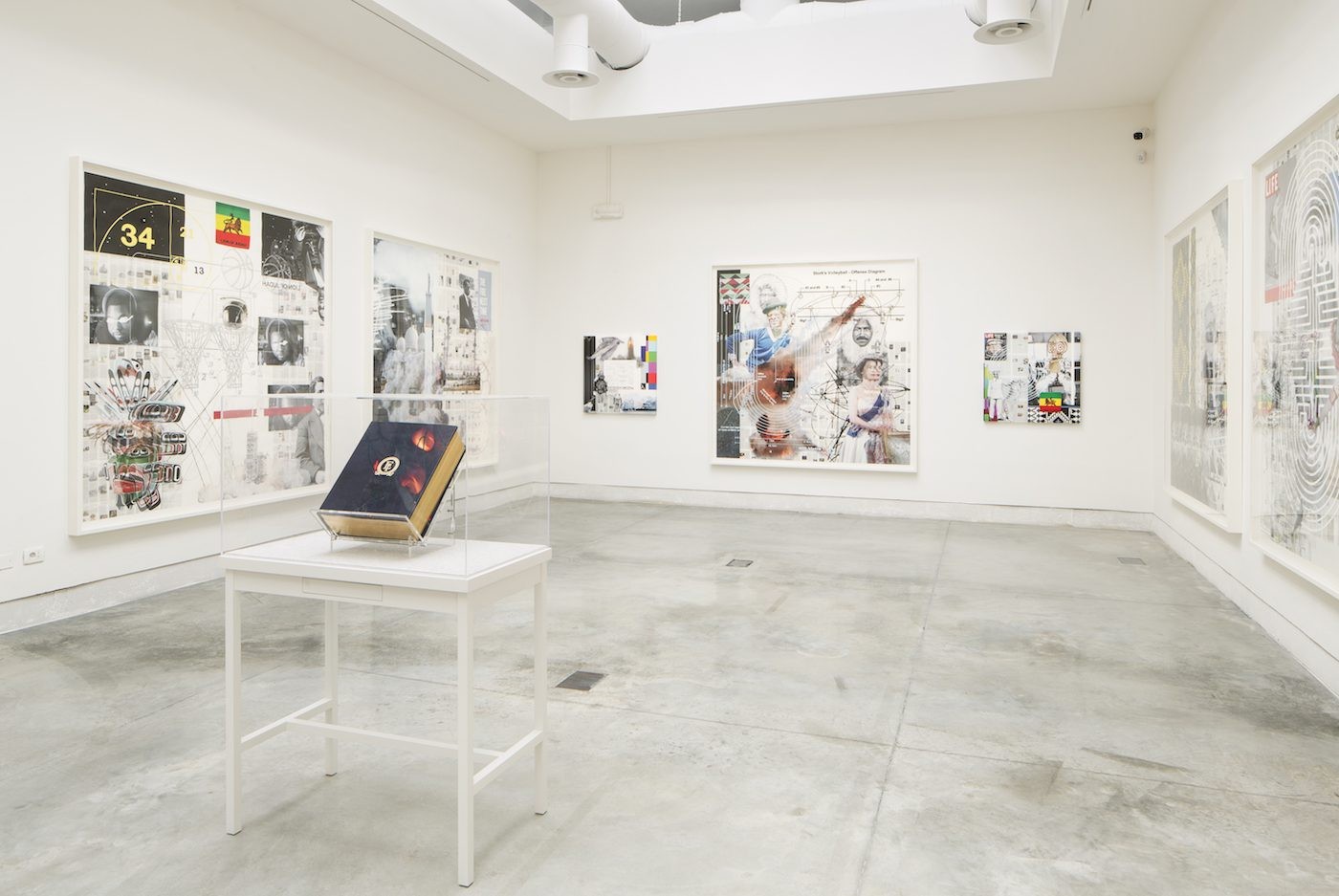
25 May 2019
Magazine C& Magazine
6 min read
The international exhibition of this year’s Venice Biennale features seventy-nine artists whose works attempt to recontextualize the world with art that ignites both pleasure and critical thinking, under the somewhat cynical theme May You Live in Interesting Times. The title references a Chinese curse, made popular in the West by politicians, such as Robert F. …
The international exhibition of this year’s Venice Biennale features seventy-nine artists whose works attempt to recontextualize the world with art that ignites both pleasure and critical thinking, under the somewhat cynical theme May You Live in Interesting Times. The title references a Chinese curse, made popular in the West by politicians, such as Robert F. Kennedy, using it ironically in times of crisis.
Although the number of artists is lower than usual, the part of the international exhibition that is at the Central Pavilion at the Giardini is crammed with artworks—almost no white wall is spared, like at an art fair. This does a disservice to the artworks, many of which are aesthetically impressive and inventive. This part is subtitled Proposition B. Here,Tavares Strachan has one of the best responses to the theme with his installation The Encyclopedia of Invisibility (White) (2018). Literally rewriting history, the Barbadian-born, New York-based artist created an encyclopedia that includes 15,000 entries missing in the Encyclopedia Britannica, including quantum gravity and saola. The artist has turned pages of the encyclopedia into large, compelling collages.
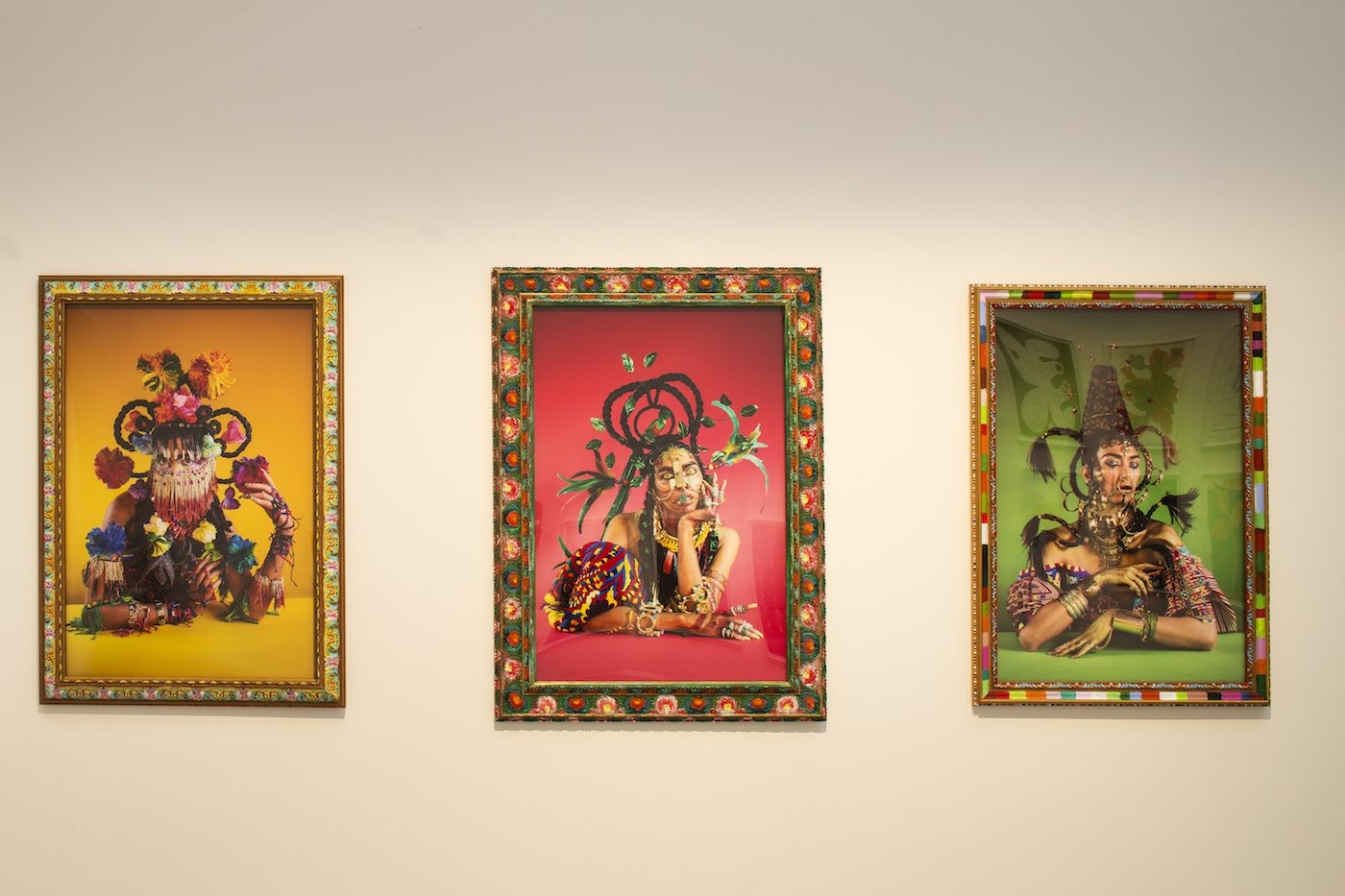
<figcaption> Martine Gutierrez, Various works from Indigenous Woman, 2018. C-print mounted on Sintra, hand-painted artist frame. 58th International Art Exhibition - La Biennale di Venezia, May You Live In Interesting Times. Photo: Francesco Galli. Courtesy: La Biennale di Venezia
The following room presents an encounter with various self-portraits by Zanele Muholi. Across from them, self-portraits by Japanese artist Mari Katayama show her coming to terms with her disability through elaborate intimate settings and prosthetic body parts. Elsewhere in the pavillon, a further great, important, and new POC perspective are the photographs by Martine Gutierrez. In her high-fashion fantastically grotesque photography series Indigenous Woman, the trans Latinx artist styles herself with cyborg Guatemalan Maya flair.
There are more POC women who work with diverse themes such as Shilpa Gupta and her gate that swings from side to side, slowly destroying the immaculateness of the white wall it’s attached to. Njideka Akunyili Crosby’s paintings Home: Say it out loud and Home: As you see me depict transcultural spaces through domestic interiors. Otobong Nkanga presents a series of stylish drawings featuring prosthetic limbs with weapons attached to them, connecting war with natural-resource extraction and the decaying body. Other works dealing subtly with violence are Frida Orupabo’s black-and-white collages that reference the Black female body and colonialism, and even Sun Yuan and Peng Yu’s robot arm with the sisyphean task of swiping blood: This frequently instagrammed kinetic work, titled Can’t Help Myself, hints at the dangers of our dependency on automation and algorithms through a robot whose sensors frenetically shovel a pool of red liquid back into place once its sensors detect it’s spread too far.
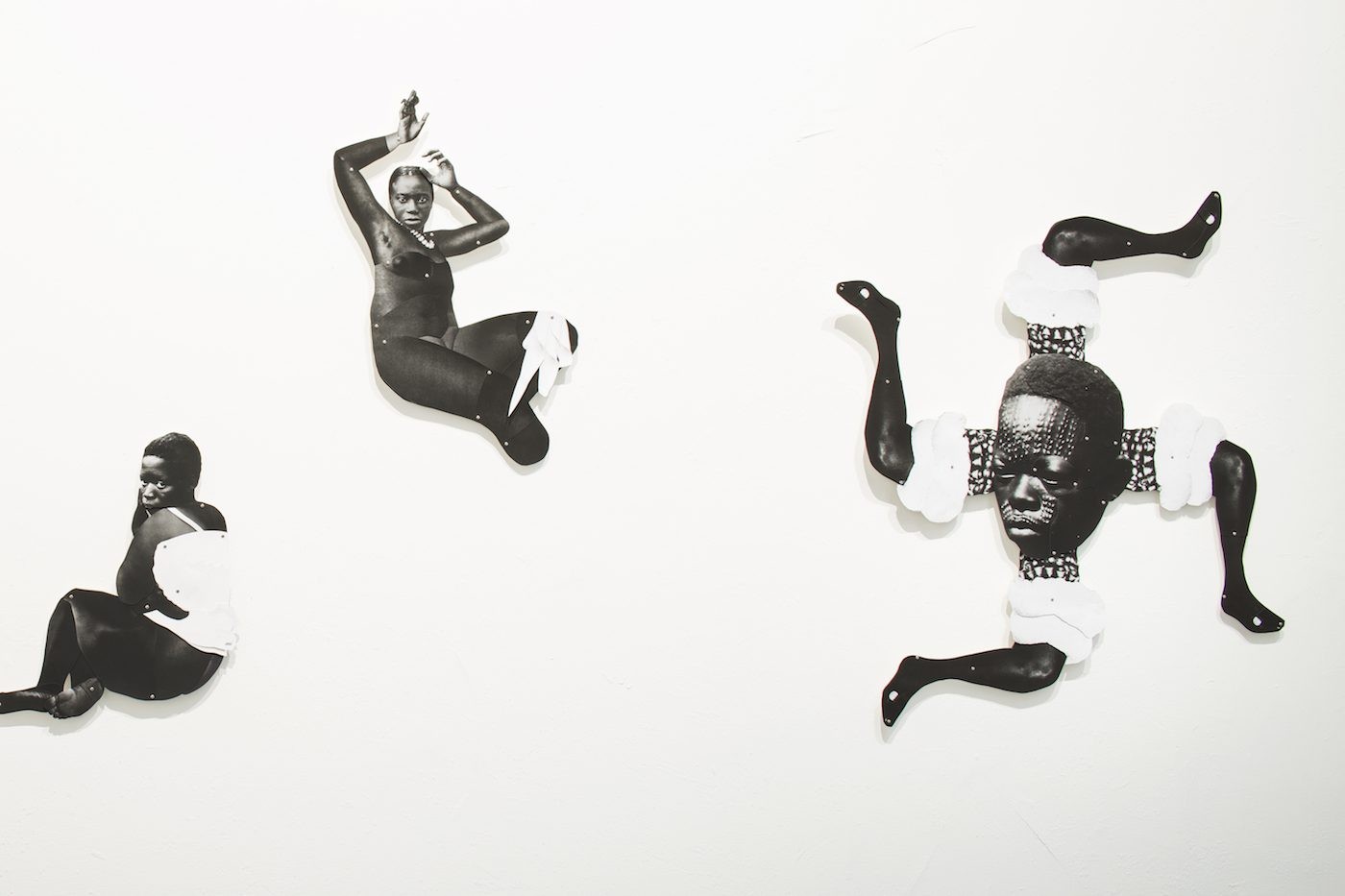
<figcaption> Frida Orupabo, Untitled series, 2018-2019. Collage with paper pins mounted on aluminium. 58th International Art Exhibition - La Biennale di Venezia, May You Live In Interesting Times. Photo: Francesco Galli. Courtesy: La Biennale di Venezia
What’s exciting about many of the works in this part of Ralph Rugoff’s exhibition is that they are highly aestheticized but refuse to be conventionally beautiful. Yet the complexities made visible stay on the surface and tend to veer towards the personal rather than the structural.
The winning of this year’s Golden Lion by a relative newcomer to the art world, cinematographer Arthur Jafa, might be comparable to the win of the German Pavillon with Anne Imhof two years ago. Each artist created a highly aesthetic and absolutely perfectionist work that knows how to create an aura of exclusivity through codes and images of something we are all are attracted to: internet pop culture. Exclusive in the sense that one doesn’t feel invited into or part of the images we see – we find them disturbing and attractive simultaneously. It makes you wonder: What do they know and see that we don’t?
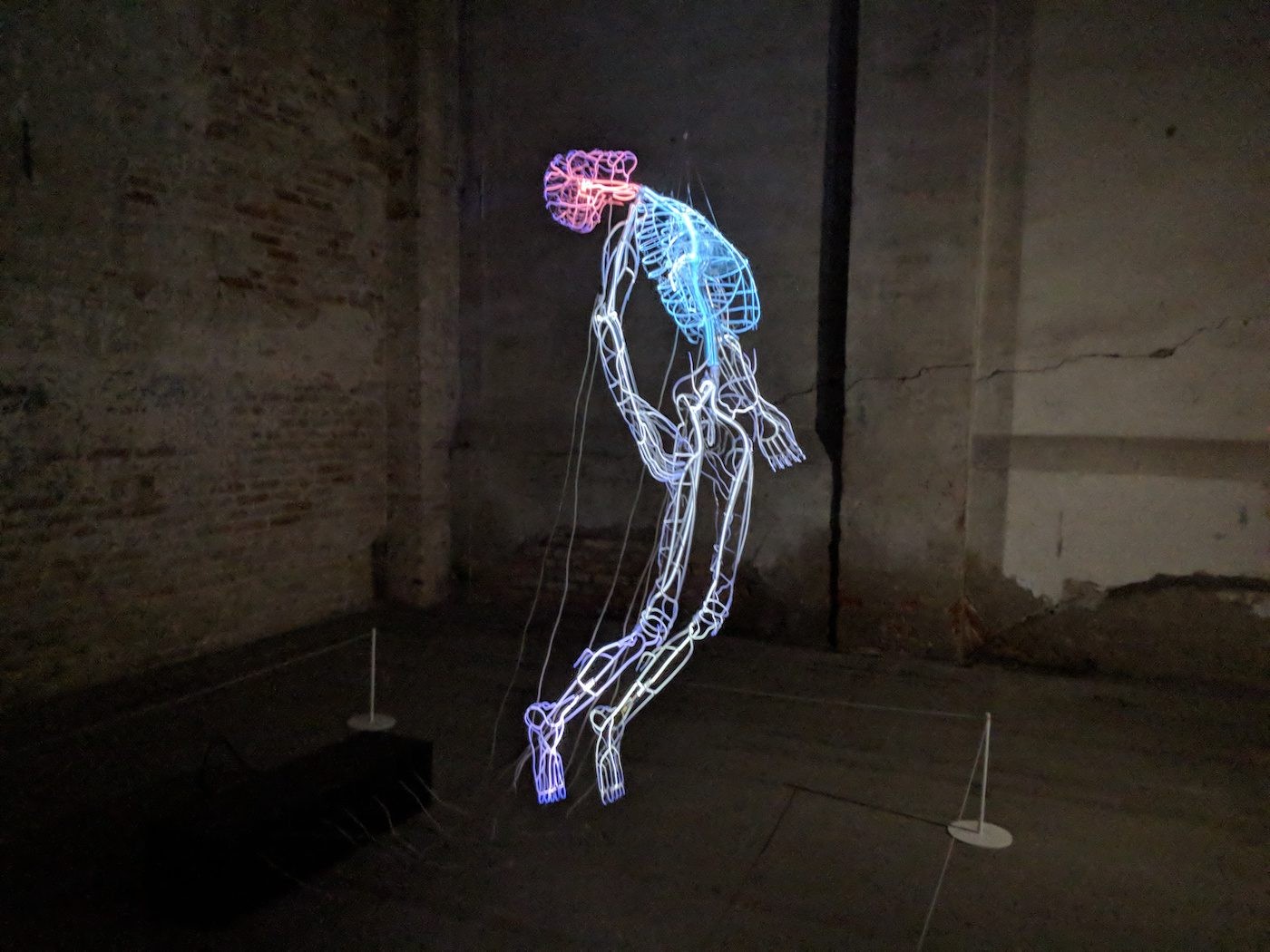
<figcaption> Tavares Strachan, Robert, 2018. Photo: C&
Over at Arsenale, where the exhibition continues, the works, and visitors, have much more room to exist. In this part, subtitled Proposition A, the same artists exhibit bigger pieces but the art is less fantastic. Well, apart from Tavares Strachan, who does the opposite: Here his work is morbidly celebratory, a visually arresting installation featuring holograms and a neon skeleton of Robert Henry Lawrence Jr, the first African American astronaut, who died while training.
To counter the art-fair feel of the Central Pavillon’s walls whiteness, the walls at Arsenale are made of raw wood. The gaze of Zanele Muholi’s larger-than-life self-portraits is powerful, welcoming, and scrutinizing. K a h lil Joseph’s video work BLKNWS follows visitors throughout and connects the two exhibitions. His two-screen installations portray Black life by collating found footage, including memes and news reports, and combining it with scenes the artist shot of Black personalities such as Amandla Stenberg.
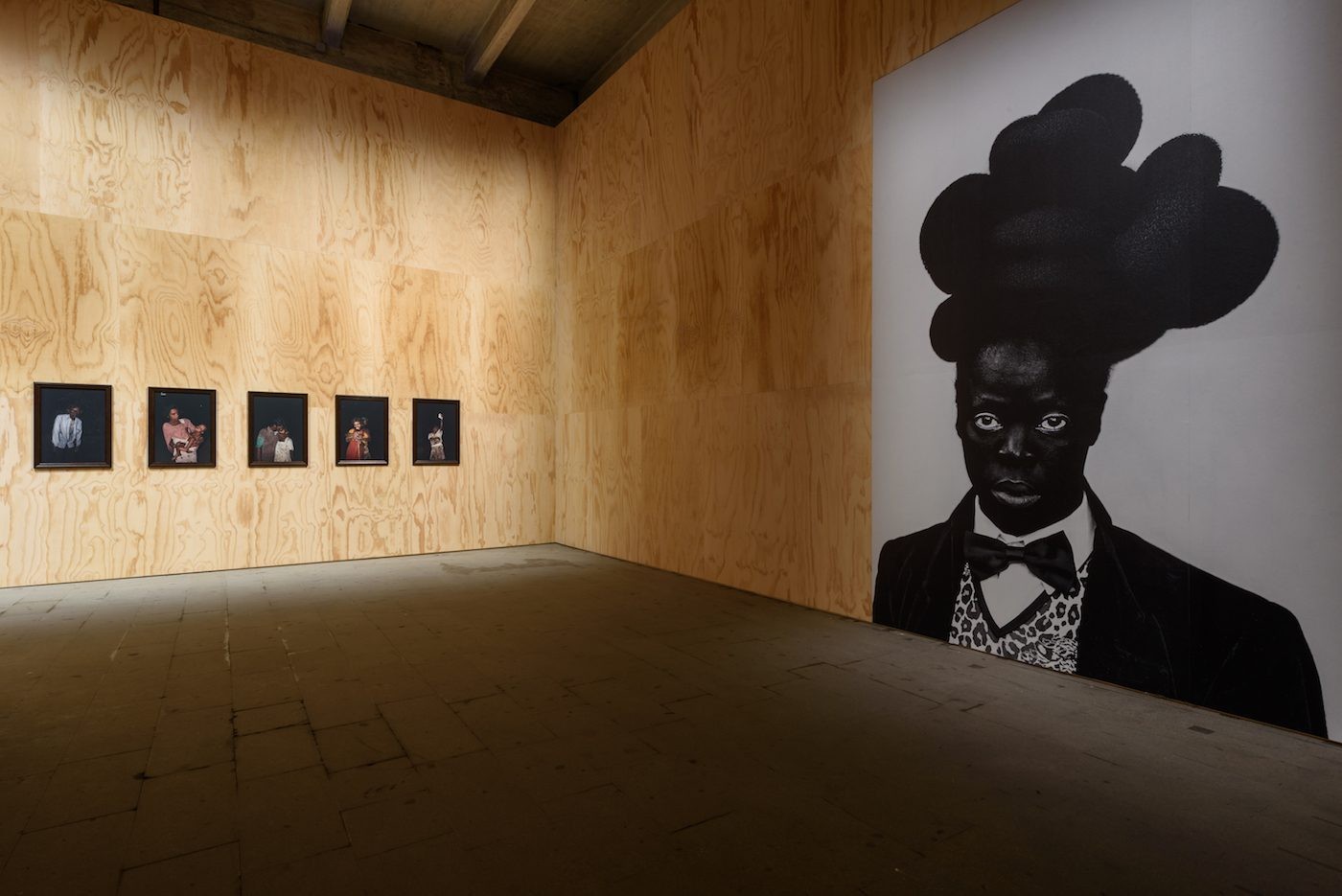
<figcaption> Zanele Muholi, Various works, 2015-2018. Wallpaper. 58th International Art Exhibition - La Biennale di Venezia, May You Live In Interesting Times. Photo: Andrea Avezzù. Courtesy: La Biennale di Venezia
In terms of numbers, it’s great to see that in the international exhibition the artists are split equally in terms of gender, all are alive, and many under forty. The seventy-nine participants from all over the world, including ten Asian countries, four African countries, and five Middle Eastern countries, although twenty-six of the participants work in the USA, sixteen in Germany, and six each from China and France.
A disturbing site outside the Arsenale is the much discussed, photographed, and instagrammed boat in which around 1000 refugees died. The problem with this work, by Christoph Büchel, is that it doesn’t manage to work as an urgent memorial or a shameful mirror of our society: People sit in front of it sipping their americanos or get out their smartphones for proper selfies in front of an “original refugee boat” on which many people lost their lives. And when there are discussions about the work online or offline, they mostly surround trite questions about the legitimacy of the artistic act rather than Europe’s complicity in a huge-scale humanitarian crisis.
May You Live in Interesting Times continues in Venice until 24 November 2019.
</strong>
By Will Furtado.
Read more from
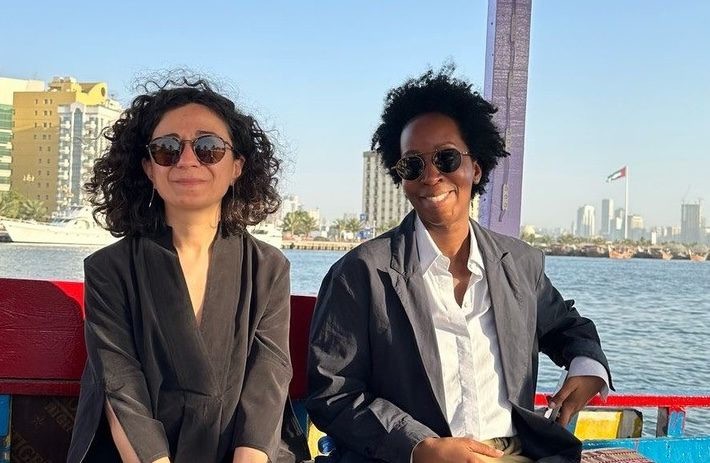
Paula Nascimento and Angela Harutyunyan Announced as Curators of Sharjah Biennial 17
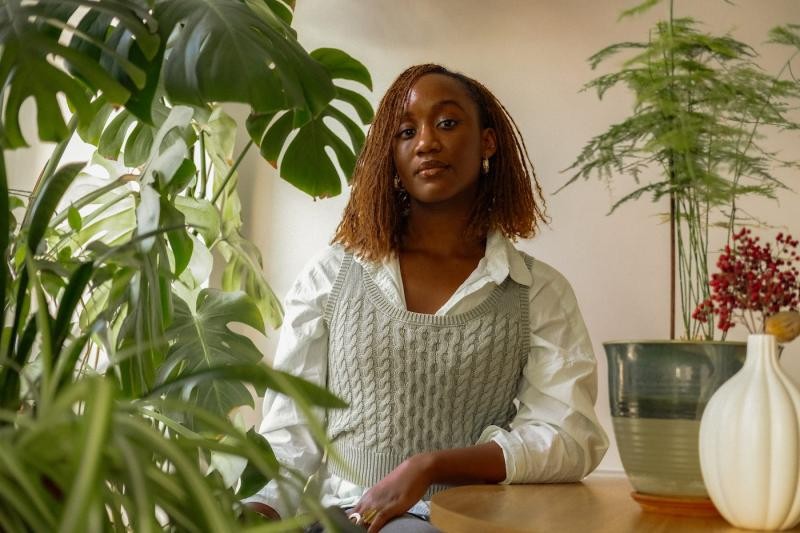
Ethel-Ruth Tawe to Lead C& Magazine as Editor-in-Chief

Dr. Zoe Whitley Named Curator of Art Toronto Focus Exhibition
Read more from
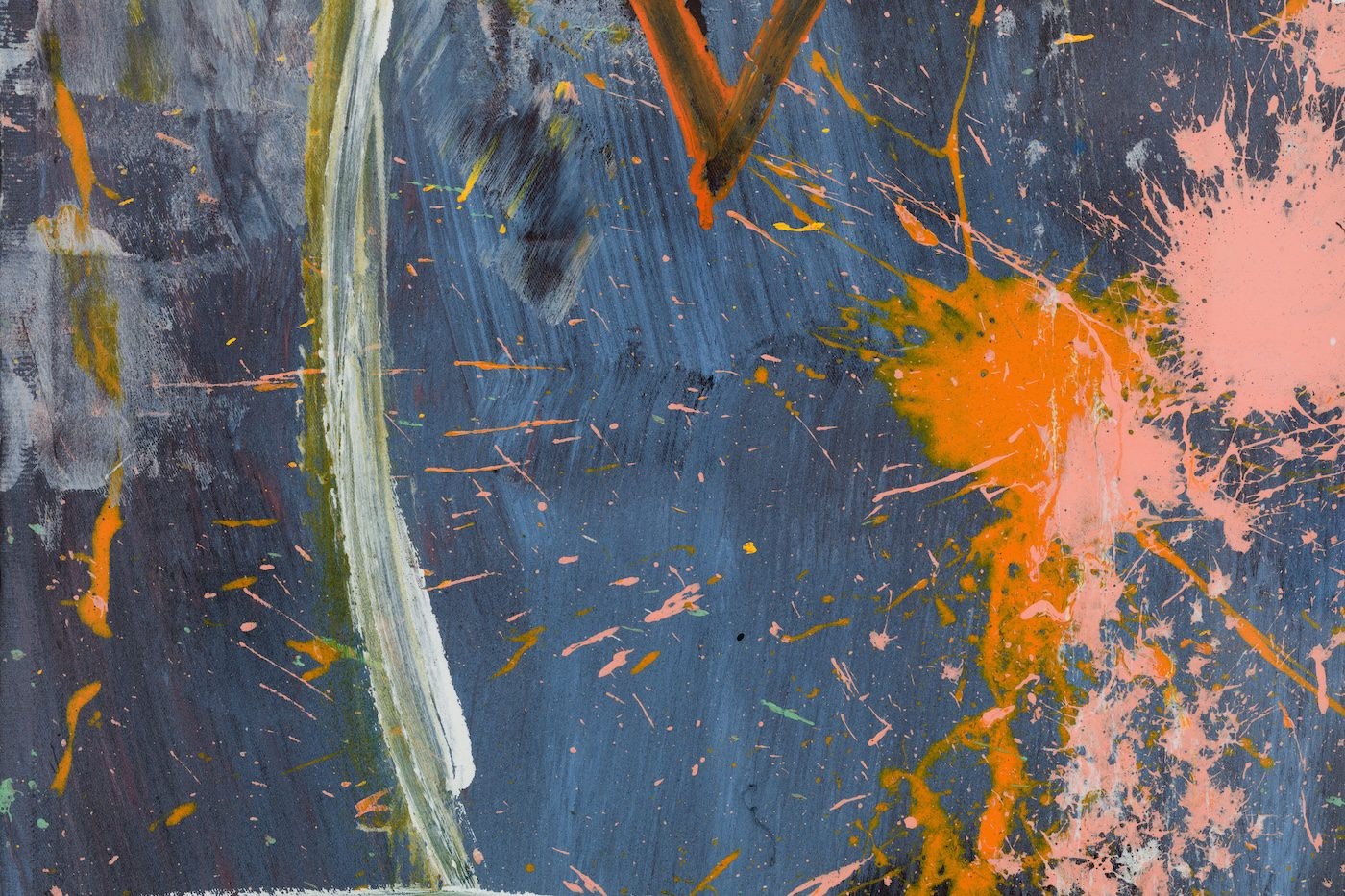
Samson Mnisi: A Master Posthumously Receives His Due
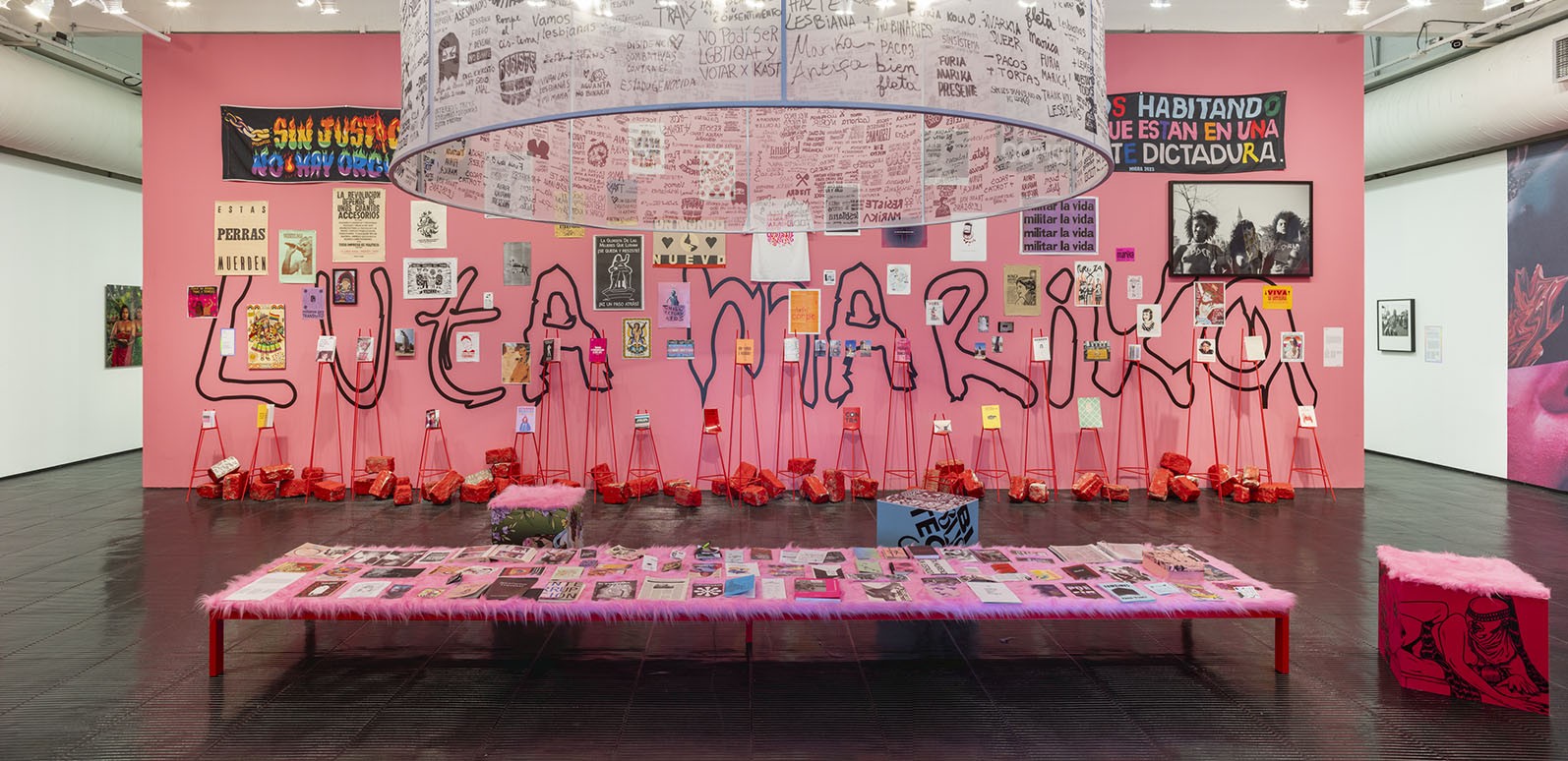
LGBTQIA+ Diversity Stories
